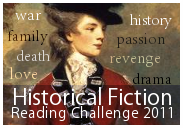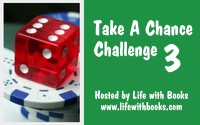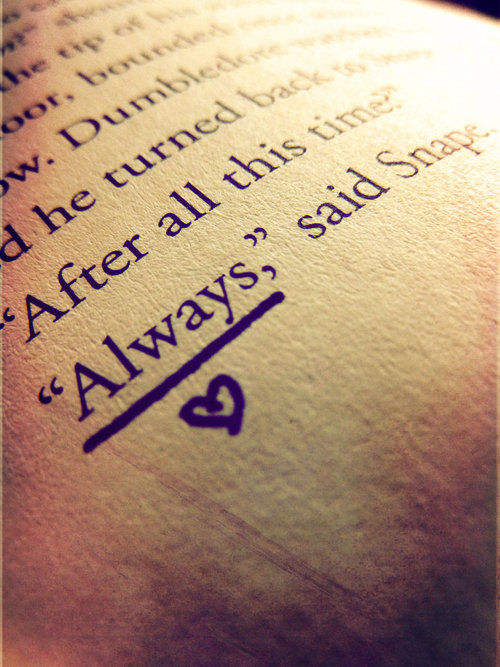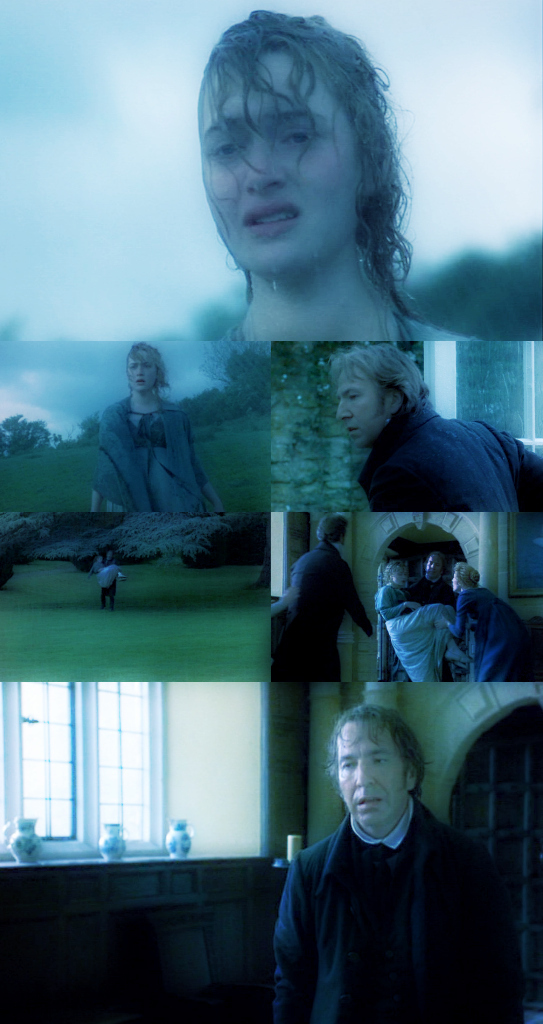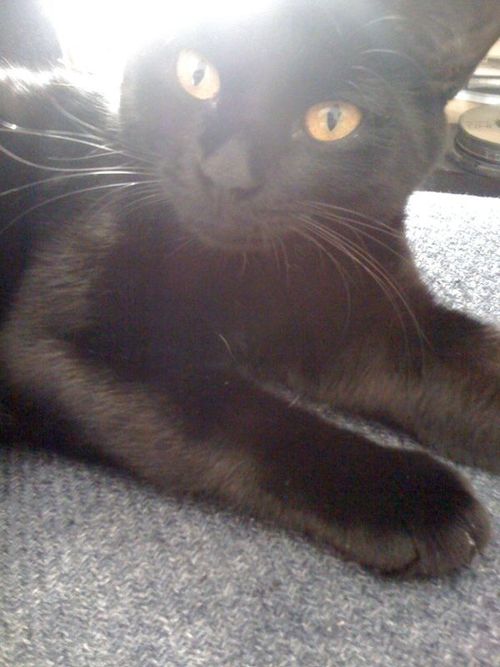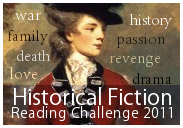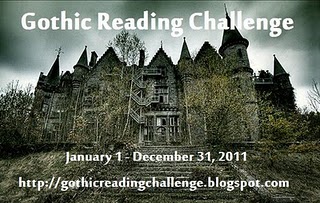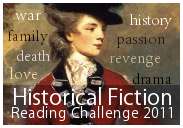[amazon_image id=”0451202503″ link=”true” target=”_blank” size=”medium” class=”alignleft”]The Songcatcher[/amazon_image]Sharyn McCrumb’s novel [amazon_link id=”0451202503″ target=”_blank” ]The Songcatcher[/amazon_link] is part of her series of ballad novels, based on Appalachian ballads (which I still maintain is one of the cleverest ideas I’ve ever heard of). The novel is the story of a family who settles in the mountain border of North Carolina and Tennessee and passes down an old Scottish ballad through the family from the eighteenth century to the modern day. The story begins as Lark McCourry, a country music singer born Linda Walker, tries to recall an old song she heard relatives sing at a gathering when she was young. John Walker, her elderly father, with whom she has a contentious relationship, becomes sick and is expected to die soon, so his housekeeper and surrogate daughter Becky Tilden calls Lark home. The story flashes back through some of Lark and John’s ancestors, starting with Malcolm McCourry, who was kidnapped and conscripted by a sailing ship at the age of nine, never to see his home on the Isle of Islay in Scotland again. Once he nears the age of twenty, he apprentices to a lawyer in Morristown, NJ. Many years later, he abandons his family and heads south with his daughter Jane and her husband to settle in the North Carolina mountains, where he establishes a second family. Before the end of the novel, Malcolm’s great-grandson Pinckney McCourry, a prisoner of war during the Civil War; Pinckney’s nephew Zebulon, an orphaned boy; Ellender McCourry, Zebulon’s daughter; and John Walker, Lark’s father and Ellender’s son, all have the opportunity to tell a part of their story and to explain how they received their family’s ballad, “The Rowan Stave.”
I absolutely adored this book from start to finish. It was so good that I didn’t want it to end. I loved Sharyn Crumb’s characters, most of whom are based on her own ancestors and retain their own names. Zebulon McCourry was her real great-grandfather, and Malcolm McCourry was her real four-times great grandfather. One of the things I loved best about this novel is the way it tackled the issue of northerners and other outsiders coming into Appalachia and making all sorts of erroneous assumptions about the intellect, culture, and beliefs of the people who settled there. McCrumb manages to touch on everything from why the Civil War led to feuds, such as the Hatfield and McCoy feud, all the way to how songcatchers came through Appalachia and took advantage of the people by collecting their folk songs, then copyrighting them for profit. Some of the writing is quite lyrical, and it is clear that McCrumb hails from a long line of born storytellers. I particularly liked Malcolm McCourry, though his decision to abandon his family in New Jersey caused friction and hurt his older children, particularly when he married a second time and supplanted his new family for his first one. I absolutely loved Zebulon’s story of tangling with a couple of condescending women from Boston. Pinckney was an intriguing figure, too. I also liked Baird Christopher, owner of a hostel in the mountains, especially as he explains how to pronounce Appalachia to a New Yorker.
The ballad itself is catchy, and it would be interesting to hear the tune, which McCrumb says in her Afterword was set to music by Shelley Stevens. It looks like you can purchase it from her website. It is the story of the mother of the Brahan seer, and explains how she found a stone that gave her son the Sight—a worthy old Scottish story.
The respect that McCrumb shows for Appalachia is, unfortunately, rare and is perfectly rendered through various encounters her characters have with outsiders. The book could, in many ways, be considered a love letter to that region and to the stories that are passed down through the generations. I am very interested in my own family history (some of which does have roots in Appalachia), so I found that element of the book particularly fascinating. Our ancestors anchor us in the world, I believe. They show us how we fit into this great chain of being and give us a sense of belonging and, in some ways, importance, which is another element McCrumb touches on when one of her characters describes the slim chance that brings any one of us into existence. If you really think about how close you have come to not ever being, your head will spin. I know I can’t help but feel grateful to my ancestors for all the choices they made that ensured I could be born one day.
If you are interested in family history, you will surely find this book as captivating as I did. Even if you aren’t interested in that sort of thing, The Songcatcher is an intriguing read and manages to maintain the feel of a mystery even without being a mystery proper. It’s a truly wonderful read. It may be hard to find, but you can order new or used copies from Amazon through associated sellers. I obtained my copy via PaperBackSwap.
Rating:




